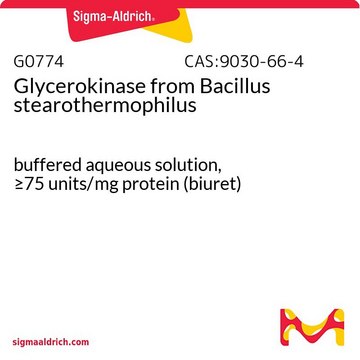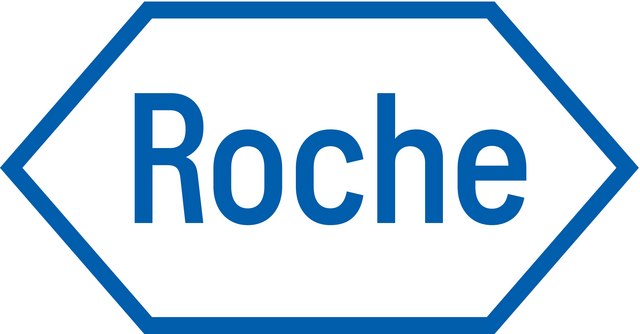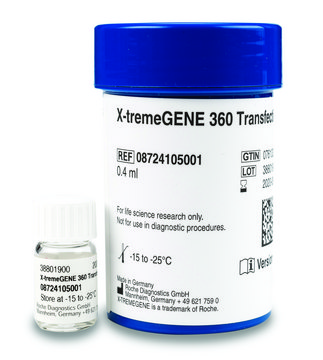G6278
Glycerokinase from Escherichia coli
300-600 units/mL, ammonium sulfate suspension
Synonyme(s) :
ATP:glycerol 3-phosphotransferase, Glycerol Kinase
Se connecterpour consulter vos tarifs contractuels et ceux de votre entreprise/organisme
About This Item
Produits recommandés
Source biologique
Escherichia coli
Niveau de qualité
Forme
ammonium sulfate suspension
Concentration
300-600 units/mL
Température de stockage
2-8°C
Vous recherchez des produits similaires ? Visite Guide de comparaison des produits
Description générale
Research Area: Cell Signaling
Glycerol kinase (GK) is a member of the FGGY carbohydrate kinase family (ATP: glycerol 3-phosphotransferase), which is responsible for transferring a phosphate group from ATP to glycerol.
Glycerol kinase (GK) is a member of the FGGY carbohydrate kinase family (ATP: glycerol 3-phosphotransferase), which is responsible for transferring a phosphate group from ATP to glycerol.
Application
Glycerol kinase (glpK) was used to study the effects of pain controlling neuropeptides on human fat cell lipolysis.
Glycerol kinase has been used along with adenosine triphosphate (ATP) for the conversion of glycerol to glycerol-3 phosphate (glycerol-3P) in white adipose tissue (WAT) adipocyte samples by label distribution method. It has also been used along with adenosine triphosphate (ATP) in the derivatization of glycerol to sn-glycerol-3 phosphate (glycerol-3P).
Actions biochimiques/physiologiques
Glycerol kinase (GK), the primary enzyme involved in regulating glycerol uptake and its metabolism, was initially identified in E. coli. This enzyme acts as a catalyst in the Mg2+-ATP-dependent phosphorylation of glycerol to produce G3P, a crucial intermediate in various metabolic pathways, including the synthesis of glycerolipids and triglycerides, as well as glycogenesis, glycolysis, and gluconeogenesis.
GK participates in the glycerol 3-phosphate shuttle and, in conjunction with glycerol 3-phosphate dehydrogenase, converts glycerol into dihydroxyacetone phosphate. It plays a pivotal role in plasma glycerol withdrawal, glycerol utilization by different tissues, and in maintaining carbohydrate homeostasis. GK is positioned at the nexus of lipid and carbohydrate metabolism and may play a potential role in type 2 diabetes mellitus (T2DM).
GK participates in the glycerol 3-phosphate shuttle and, in conjunction with glycerol 3-phosphate dehydrogenase, converts glycerol into dihydroxyacetone phosphate. It plays a pivotal role in plasma glycerol withdrawal, glycerol utilization by different tissues, and in maintaining carbohydrate homeostasis. GK is positioned at the nexus of lipid and carbohydrate metabolism and may play a potential role in type 2 diabetes mellitus (T2DM).
Glycerol kinase catalyzes tge MgATP-dependent phosphorylation of glycerol to produce sn-glycerol-3-phosphate and is the rate limiting enzyme in the utilization of glycerol. It is also subject to feedback regulation by fructose-1,6-bisphosphate.
Définition de l'unité
One unit will convert 1.0 μmole of glycerol and ATP to L-α-glycerophosphate and ADP per min at pH 9.8 at 25 °C in a coupled system with PK/LDH.
Forme physique
Suspension in 3.1 M (NH4)2SO4 pH 7.3, with 1% BSA and 2% trehalose
Mention d'avertissement
Danger
Mentions de danger
Conseils de prudence
Classification des risques
Resp. Sens. 1
Code de la classe de stockage
11 - Combustible Solids
Classe de danger pour l'eau (WGK)
WGK 3
Point d'éclair (°F)
Not applicable
Point d'éclair (°C)
Not applicable
Équipement de protection individuelle
Eyeshields, Gloves, type N95 (US)
Faites votre choix parmi les versions les plus récentes :
Déjà en possession de ce produit ?
Retrouvez la documentation relative aux produits que vous avez récemment achetés dans la Bibliothèque de documents.
Notre équipe de scientifiques dispose d'une expérience dans tous les secteurs de la recherche, notamment en sciences de la vie, science des matériaux, synthèse chimique, chromatographie, analyse et dans de nombreux autres domaines..
Contacter notre Service technique









